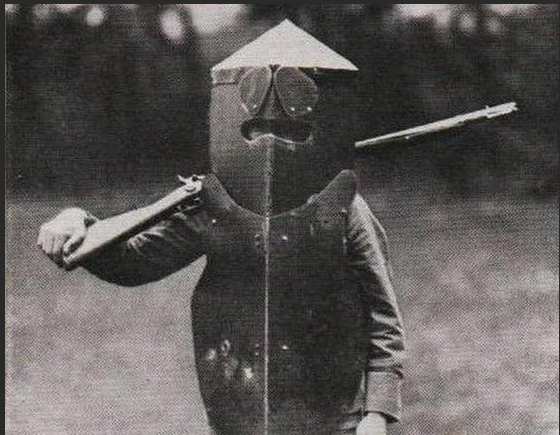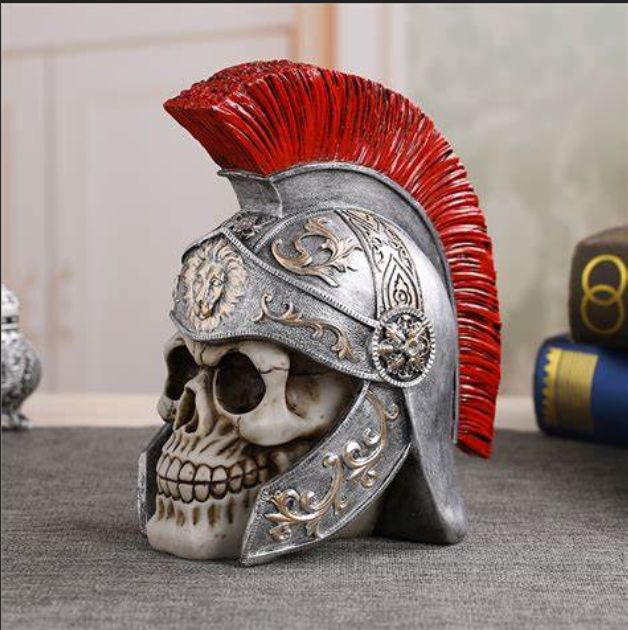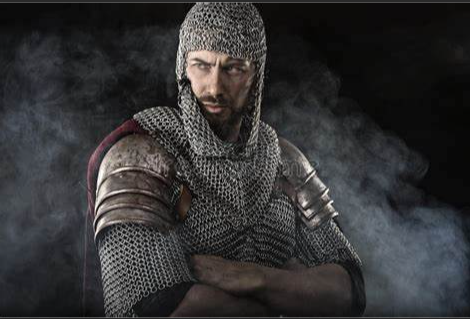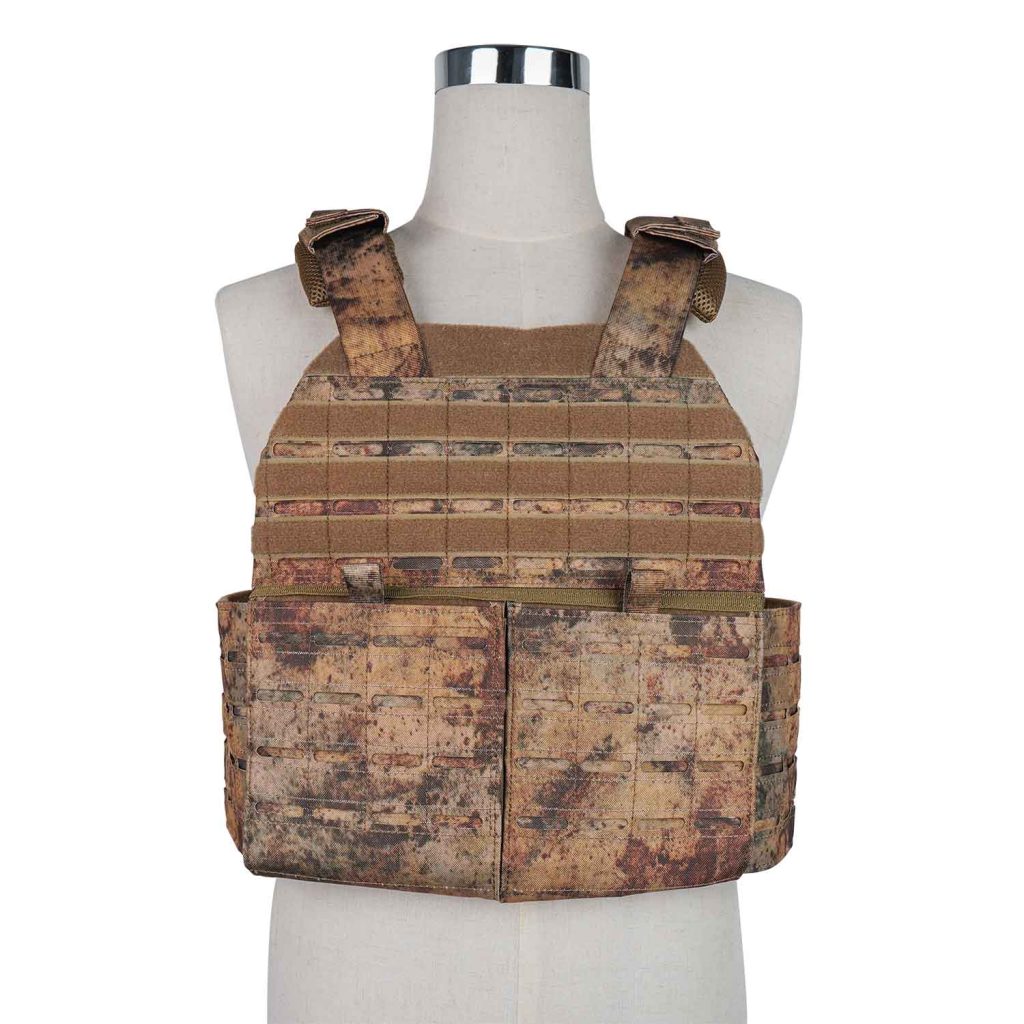Unveiling the Evolution of Body Armor: From Ancient Times to Modern Innovations
Throughout history, the need for protection has driven humans to develop ingenious solutions. One area where this is particularly evident is in the evolution of body armor. From ancient times to modern innovations, the journey of body armor is a testament to our relentless pursuit of safety and security. In this captivating exploration, we will delve into the fascinating world of body armor, tracing its origins back to ancient civilizations and uncovering the remarkable advancements that have shaped its present-day form. Join us as we uncover the ingenious techniques employed by ancient warriors, the pivotal role played by medieval knights, and the groundbreaking technologies that have revolutionized body armor in the modern era. From the humble beginnings of animal hides and metal plates to the sophisticated materials and advanced design principles used today, this journey through time will leave you awestruck by the ingenuity and resilience of the human spirit. So, fasten your seatbelts and prepare for an exhilarating adventure into the evolution of body armor.

Early forms of body armor
For as long as humans have engaged in armed conflict, the need for protection on the battlefield has been paramount. In the earliest stages of human civilization, our ancestors relied on simple but effective methods to shield themselves from harm. br/> One of the earliest forms of body armor can be traced back to the ancient Egyptians, who used animal hides and woven reeds to create lightweight yet durable shields. These early forms of body armor provided some degree of protection against arrows and slashing weapons, allowing warriors to engage in combat with a greater sense of security. br/> As civilizations progressed, so did the sophistication of their body armor. In ancient China, warriors developed armor made from layers of lacquered cloth, which offered increased resistance against piercing weapons. This innovation marked a significant advancement in the development of body armor, as it provided a more effective defense against the evolving weaponry of the time.

Body armor in ancient civilizations
As ancient civilizations flourished, so did their understanding of the importance of protecting the human body in combat. br/> The Greeks, renowned for their prowess in warfare, developed a variety of body armor designs to suit different combat scenarios. One such design was the famous hoplite armor, which consisted of a bronze breastplate, greaves, and a Corinthian helmet. These pieces of armor offered protection to the vital organs and vulnerable areas of the body, allowing Greek warriors to withstand the rigors of battle. br/> In ancient Rome, the development of body armor reached new heights with the advent of the lorica segmentata, a type of segmented plate armor. This innovation allowed Roman soldiers to move more freely while still providing excellent protection. The lorica segmentata became a symbol of the might and power of the Roman Empire, showcasing their technological superiority on the battlefield.

Body armor during the Middle Ages
The Middle Ages marked a turbulent period in history, characterized by constant warfare and the rise of feudalism. During this time, body armor played a crucial role in determining the outcome of battles and protecting the knights who wore them. br/> One of the most iconic forms of body armor from this era was the chainmail, a flexible armor made of interlocking metal rings. Chainmail offered excellent protection against slashing and stabbing weapons, while still allowing for a wide range of movement. br/> As the Middle Ages progressed, plate armor emerged as the pinnacle of protective gear. Knights adorned themselves in suits of armor made from overlapping metal plates, providing unparalleled defense against the weapons of the time. The development of plate armor revolutionized warfare, as knights became virtually invulnerable on the battlefield. However, the weight and cost of plate armor meant that it was limited to the elite warrior class, further emphasizing the social hierarchy of the time.

The Renaissance and the development of plate armor
With the arrival of the Renaissance, a renewed interest in classical antiquity sparked a wave of innovation in the field of body armor. br/> Italian armorers, in particular, were at the forefront of these advancements, combining artistic designs with functional effectiveness. One of the most notable developments during this period was the introduction of articulated plate armor. This type of armor consisted of individual plates that were hinged together, allowing for greater flexibility and ease of movement. br/> The advancements in plate armor during the Renaissance not only provided enhanced protection but also became a status symbol for the nobility. Intricate engravings and elaborate designs transformed armor into works of art, reflecting the wealth and prestige of their wearers.

The Industrial Revolution and advancements in body armor
The Industrial Revolution brought about a seismic shift in society, transforming the way wars were fought and technologies were developed. br/> With the advent of firearms, traditional forms of body armor became obsolete, as they were unable to withstand the force and velocity of bullets. As a result, new materials and designs had to be explored to provide effective protection against this new type of weaponry. br/> During this time, experiments with metal alloys and laminated fabrics led to the development of early bulletproof vests. These vests, typically made from layers of silk or cotton and reinforced with metal plates, provided a level of protection against bullets. While not entirely bulletproof, these early vests marked a significant step forward in the evolution of body armor, setting the stage for further advancements in the future.
World War II and the evolution of body armor technology
The outbreak of World War II brought about a renewed focus on the development of body armor, as the nature of warfare had once again evolved. br/> In response to the devastating power of modern firearms, new materials such as Kevlar and ballistic nylon were introduced. These synthetic fibers offered superior strength and resistance to penetration, making them ideal for use in body armor. br/> During this time, flak jackets and steel helmets became standard issue for soldiers, providing much-needed protection against shrapnel and gunfire. The development of armored vehicles and tanks also played a significant role in protecting soldiers on the battlefield.

Modern innovations in body armor
In recent decades, advancements in technology have revolutionized the field of body armor. br/> The integration of ceramics, high-performance fibers, and composite materials has resulted in armor that is lighter, more flexible, and capable of providing superior protection. br/> Modern body armor systems are designed to distribute the force of impact, reducing the risk of injury from both ballistic and non-ballistic threats. In addition to protecting against bullets and shrapnel, these advanced armors can also withstand stab and slash attacks, making them versatile in a range of combat scenarios.

Different types of body armor available today
Today, a wide range of body armor options are available to meet the diverse needs of military personnel, law enforcement officers, and civilians alike. br/> Bulletproof vests, often made from Kevlar or similar materials, offer protection against firearms. Stab-proof vests, on the other hand, are designed to resist puncture and slashing attacks. br/> In addition to vests, there are also helmets, shields, and full-body suits available, each designed to provide maximum protection in specific situations. The customization and adaptability of modern body armor allow for a tailored approach to individual needs and preferences.
The future of body armor technology
As technology continues to advance, the future of body armor holds exciting possibilities. br/> Researchers are exploring the use of nanomaterials and smart textiles that can adapt to changing conditions and provide real-time data on the wearer’s vital signs. br/> The integration of sensors and AI algorithms may also enable body armor to detect and respond to threats automatically. Furthermore, advancements in 3D printing may allow for the creation of custom-fit armor that offers optimal protection and comfort.
Conclusion
The evolution of body armor is a testament to humanity’s unwavering commitment to safety and security. From the primitive shields of ancient civilizations to the advanced materials and technologies of the modern era, body armor has continuously adapted to the changing needs of warfare. br/> As we look to the future, it is clear that the development of body armor will continue to push the boundaries of innovation. With each new advancement, we inch closer to achieving the ultimate goal of providing maximum protection without compromising mobility or comfort. So, let us celebrate the remarkable journey of body armor and the remarkable individuals who have dedicated their lives to ensuring our safety on the battlefield and beyond.
